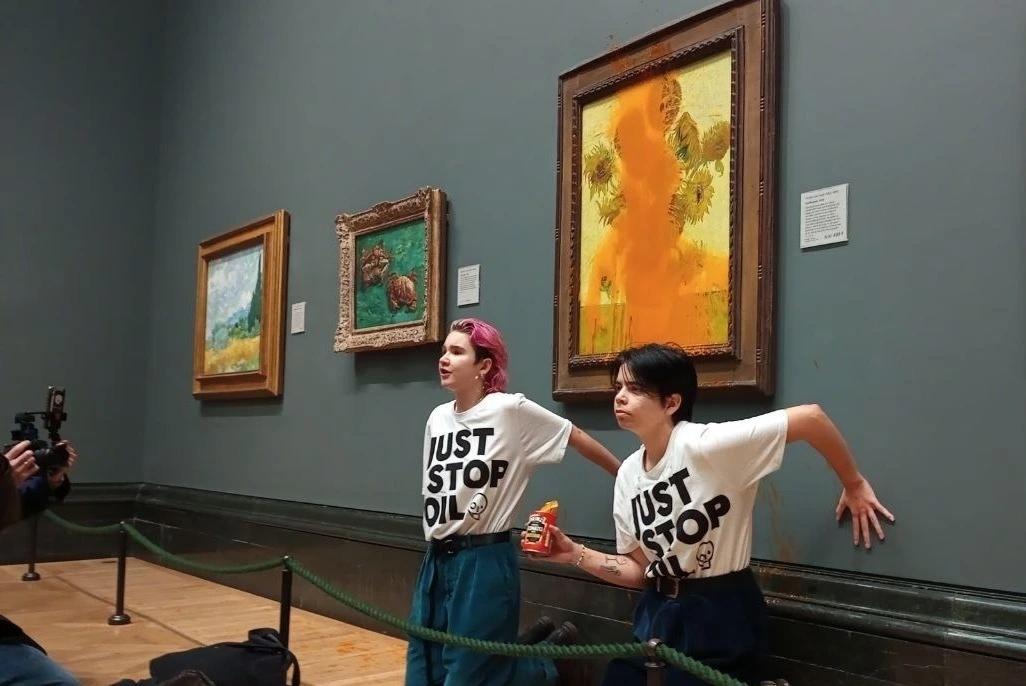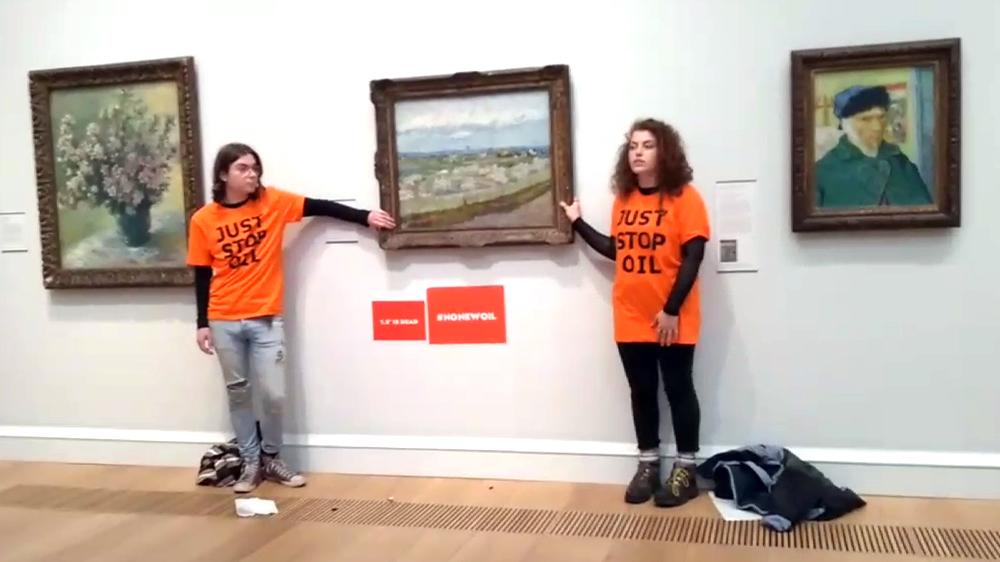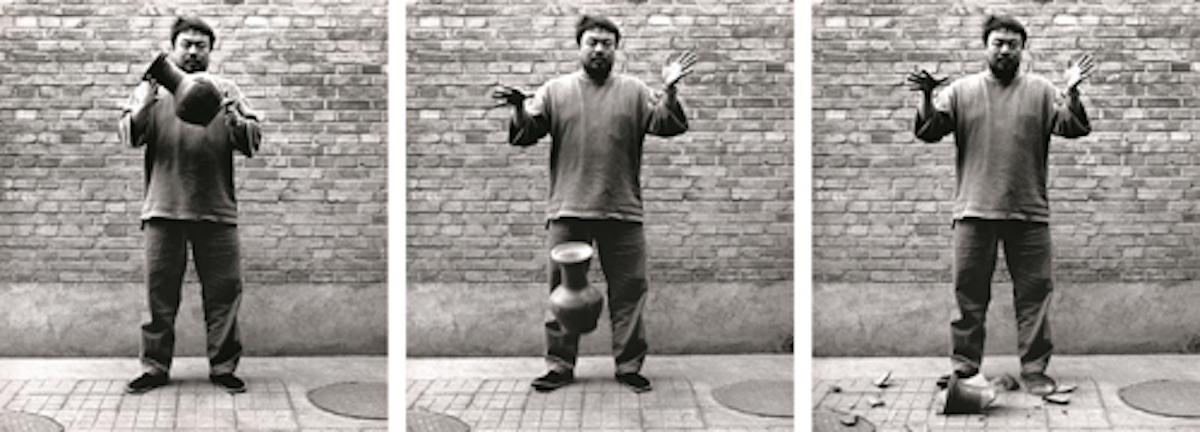This is not the first time that a climate organization such as Just Stop Oil has targeted famous artworks to draw attention to the usage of fossil fuels. For months, climate organizations all across Europe have been gluing themselves to famous paintings to illicit strong responses: from England, to Germany, to Italy, activists have attached themselves to works from John Constable paintings to Rubens masterpieces. One activist in May even threw cake over the glass of the Mona Lisa in an act “against people who were destroying the planet.”
This past July was a particularly popular month for this type of protest: Just Stop Oil glued themselves to a version of Leonardo da Vinci’s The Last Supper, and Italian climate action organization, Ultima Generazione, attached themselves in two separate instances to Botticelli’s Primavera in Florence and a Boccioni sculpture in Milan.
These groups target art and cultural institutions because they believe that politics follows culture and that culture should help in putting pressure on the government. They make sure that artworks are not to be damaged, and are careful to use glue that is a suitable adhesive. In a statement to the New York Times, Just Stop Oil said that van Gogh’s Sunflowers had nothing to do with climate change. It was targeted by the group because it was simply “an iconic painting, by an iconic painter” and by attacking it, they would call greater attention to their stunt.


























![DEl Kathryn Barton [Australian b. 1972] the more than human love , 2025 Acrylic on French linen 78 3/4 x 137 3/4 inches 200 x 350 cm Framed dimensions: 79 7/8 x 139 inches 203 x 353 cm](/sites/default/files/styles/image_5_column/public/ab15211bartonthe-more-human-lovelg.jpg?itok=wW_Qrve3)



